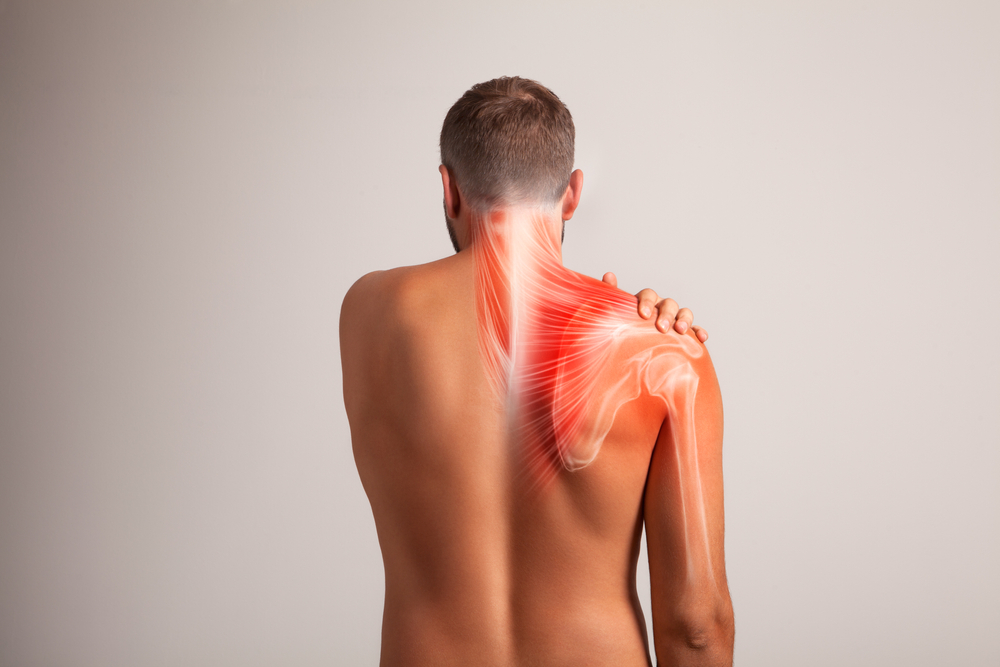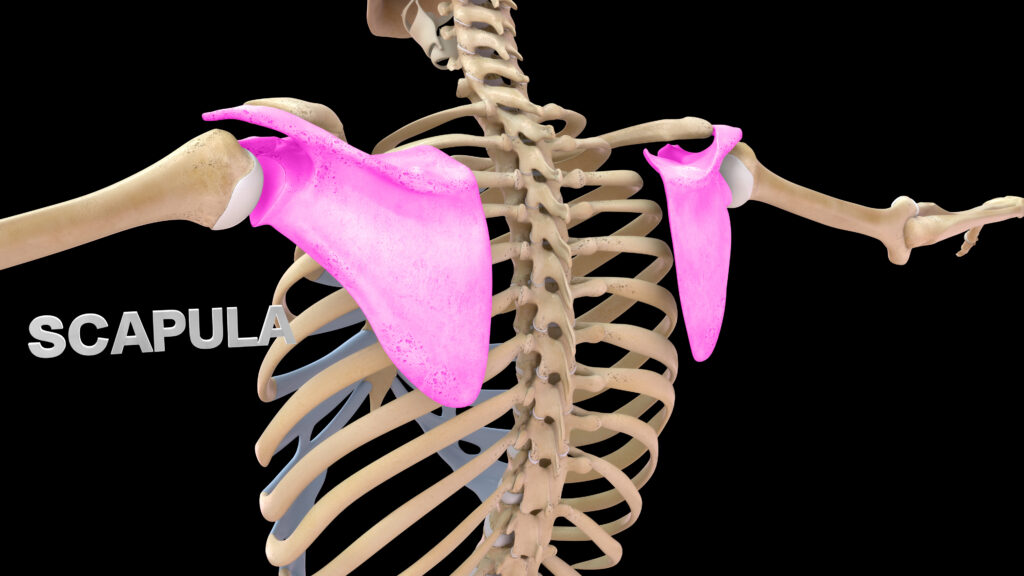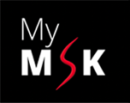
Scapula Dyskinesis (abnormal movement of the shoulder blade)
The rotation of the scapula (shoulder blade) is important for proper functioning of the shoulder. The scapula also supports the activation and functioning of the rotator cuff muscle.
The rotator cuff muscles stabilize the shoulder joint and provide “fine tuning” movements. However, any injury or joint issues around the shoulder can alter these roles.
Scapular dyskinesis is a shoulder disorder characterized by the loss of a normal range of motion in the shoulder blade. The condition is also referred to as SICK scapula syndrome.
There is still some controversy regarding Scapula Dyskinesia. It is still inconclusive whether it is the result or the cause of faulty scapulothoracic biomechanical movement.
In more serious cases the condition can occur due to nerve injuries or nerve compression due to serious issues
Causes of Scapular Dyskinesis
The shoulder blade has an important function of movement and range of motion in the shoulders. If there is an injury in the soft tissue, muscle, or bone around the shoulder, it may impact the shoulder blade as well.
A characteristic hallmark of scapular dyskinesia is that the shoulder blade sticks out abnormally either during rest or activity.

This is often known as ‘winging’ . The risk factors of scapular dyskinesis may include:
-
- Damage to the nerves
-
- Muscle injury or damage
-
- Weakness in muscles
Sports that may increase the risk of scapular dyskinesis are those that involve a lot of overhead activity
Baseball, especially for pitchers, Cricket, Volleyball, Swimming, and Gymnastics.
Diagnosis
Scapular dyskinesis may not be obvious at first, therefore, a very thorough evaluation of the scapulothoracic movement and rhythm should be routinely carried out. .
Signs and symptoms of scapular dyskinesis may include pain and discomfort but without any obvious physical signs. Additionally, the shoulder blades may stick out in the absence of pain or discomfort. The doctor may look for physical signs and rule out other injuries that may cause shoulder dysfunction. A specialized test is used to evaluate the extent of damage and determine the best treatment approach.
Examination (not exhaustive)
-
- Assessment for scapular prominence: the scapular prominence is assessed in addition to detecting the lack of smooth coordination movement of the scapula during flexion and shrugging. The patient is observed for any asymmetry.
-
- Scapular assessment test (SAT): the test helps evaluate rotator cuff strength and any potential scapula contributions to impingement.
-
- Scapular retraction test (SRT): SRT evaluation is used in cases of labral tear symptoms and evaluates the rotator cuff strength. Labral tear symptoms include pain when doing overhead activities, grinding, or popping in the shoulder socket, pain at night, loss of shoulder strength and decreased range of motion.
The diagnosis is often clinical. X-rays and MRI are generally not needed.
However, an X-ray can help rule out Arthritis, Calcification, or AC joint degeneration or injury. Moreover, MRI or Ultrasound can help diagnose tendon issues or muscle tears.
Treatment
The standard treatment for scapular dyskinesis is physical therapy to reestablish muscle strength and relieve the symptoms associated with the condition.
Injection treatment may be required if Arthritis, Bursitis or Rotator Cuff tears are contributing to the problem and causing pain during Physical therapy
More serious cases, such as those with suspected nerve damage are referred for surgery.
The goal of rehabilitation including physical therapy and exercises is to achieve optimal function and scapular motion.
The goal of rehabilitation including physical therapy and exercises is to achieve optimal function and scapular motion. A reasonable time interval for this is 3-6 months
Do you think you are suffering from scapular dyskinesis and need further help? Feel free to contact MyMSK clinic on 0333 772 9655 or via our contact form




